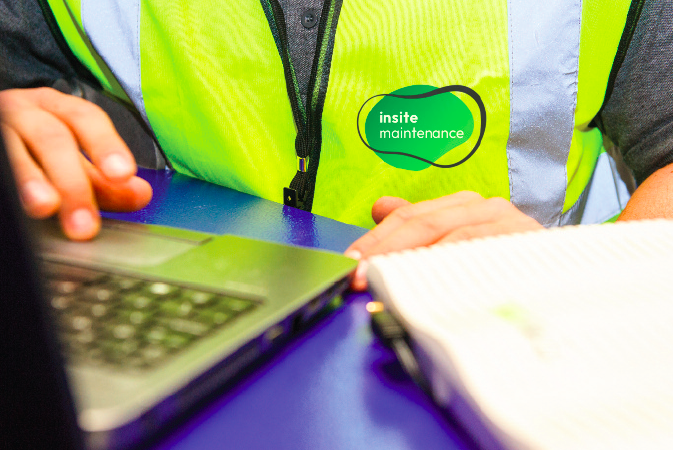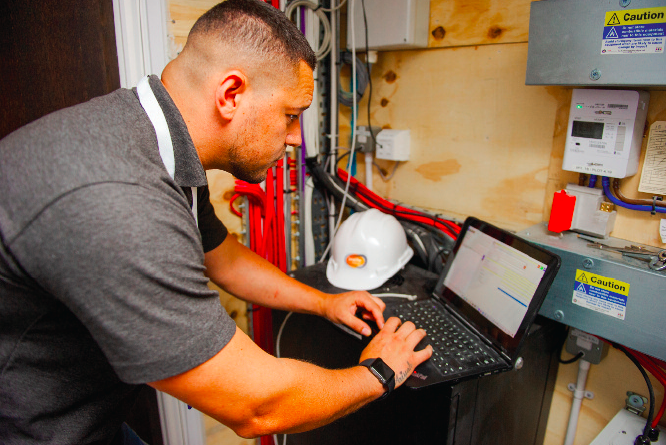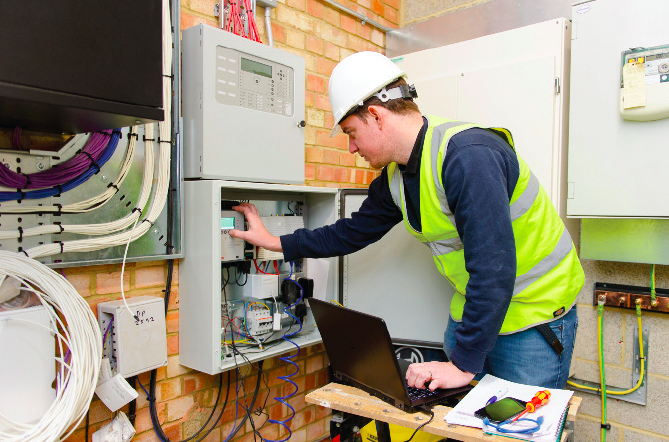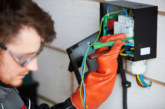
Heat networks are a core component of the UK’s net zero strategy, thanks to their potential to provide highly efficient, low carbon heat at scale. A lack of knowledge about these systems is getting small developers into hot water, warns Jarrad Bedford, Head of Sales: O&M, at Insite Energy.
In order to speed up heat network construction in urban centres, zones are being designated across England within which new housing developments are required to connect. One consequence of this is that more and more developers, from SMEs to large corporations, are finding themselves grappling with these highly complex, big-ticket assets for the first time, often with little understanding of the technologies involved. Many, particularly smaller organisations, prefer to fully outsource the design of their heat network to a building contractor in order to focus on the more visible and familiar aspects of their project’s architecture. This means, however, they’re reliant on their supplier to ensure their installation is regulations compliant and within budget.
The problem is, the rapid rise in the number of new heat networks is outstripping the market’s capacity to provide experts to design, operate and maintain them to function well – which means far too many don’t. According to the Heat Trust, the majority are only 35-45% efficient, when this should be closer to 65-70%. This frequently leads to painfully high energy bills, excessive emissions and unhappy residents. In the worst cases, it can even be dangerous.
As a case in point, when we were recently appointed as the energy services company (ESCo) for a new luxury apartment block in North London, we had to shut down the entire system immediately. The subterranean plant room had been constructed without any ventilation apart from a oscillating pedestal fan plugged into the wall! This was utterly insufficient, non-compliant and unsafe due to the risk of gas leaks and air quality.
Mitigating risks
So, what can smaller property developers do to avoid facing these kinds of expensive and damaging issues?
Gen up – first and foremost, get an understanding of what you are dealing with. The government has so far provided little in the form of support to help organisations understand what’s involved. The onus is therefore on housing providers to educate themselves about the technology. There’s a lot of information out there, including our own heat network resources portal.
 Make sure the contractors you employ to design, operate and maintain your heat network really know what they’re talking about. Ask to see testimonials and/or energy performance figures for schemes they’ve worked on.
Make sure the contractors you employ to design, operate and maintain your heat network really know what they’re talking about. Ask to see testimonials and/or energy performance figures for schemes they’ve worked on.
Check they have a good working knowledge of CIBSE’s CP1 for Heat Networks: Code of Practice and the Heat Trust’s consumer protection standards. Prioritise maintenance – a heat network is a bit like a luxury car; it is an expensive asset that needs skilful and consistent servicing. Ideally this should be done via a planned preventative maintenance (PPM) contract with a heatnetwork- specialist supplier. Bear in mind equipment warranties will likely be void if items aren’t serviced annually, including during the first year after commissioning.
Above all, don’t stick your head in the sand. If you’re developing properties in urban areas, you need to be across this. It’s far better to understand from the outset what that means in practice.
More information on Insite Energy’s resource portal










